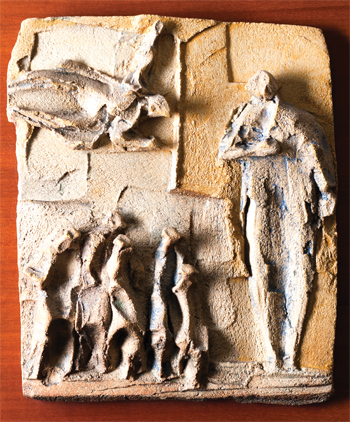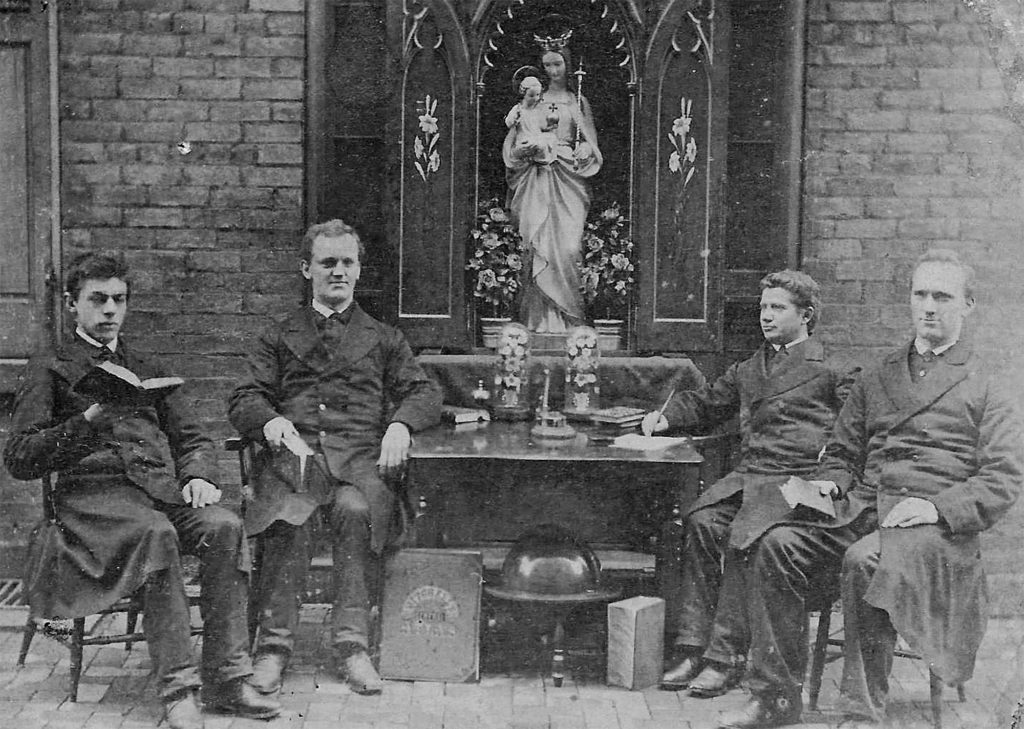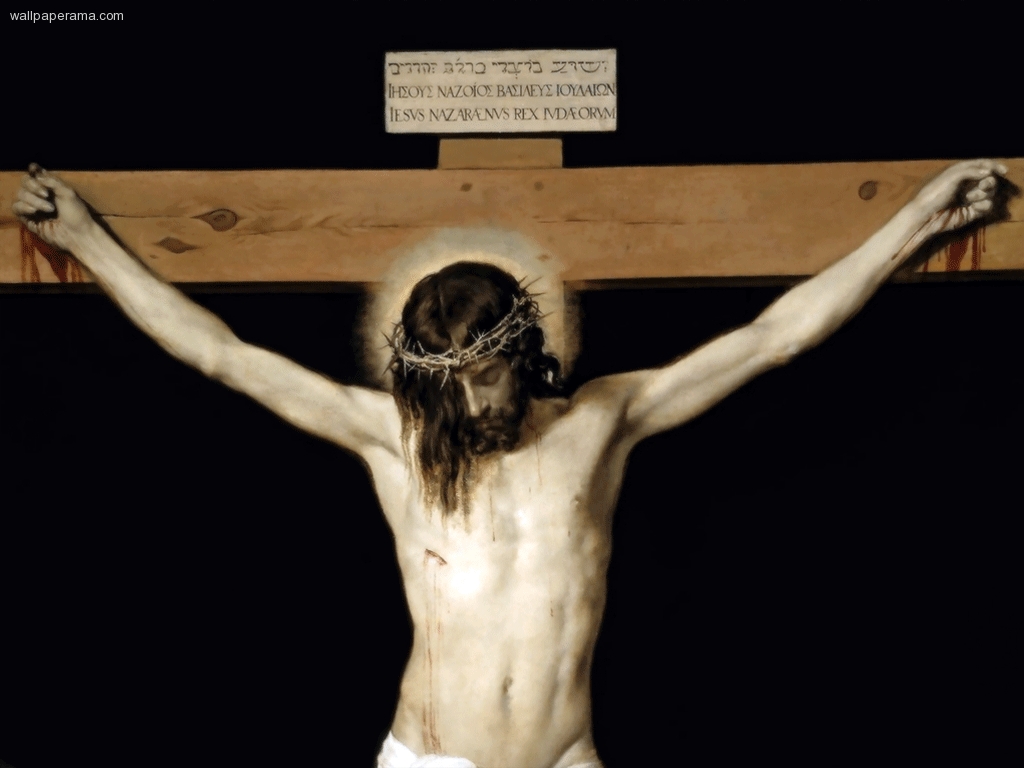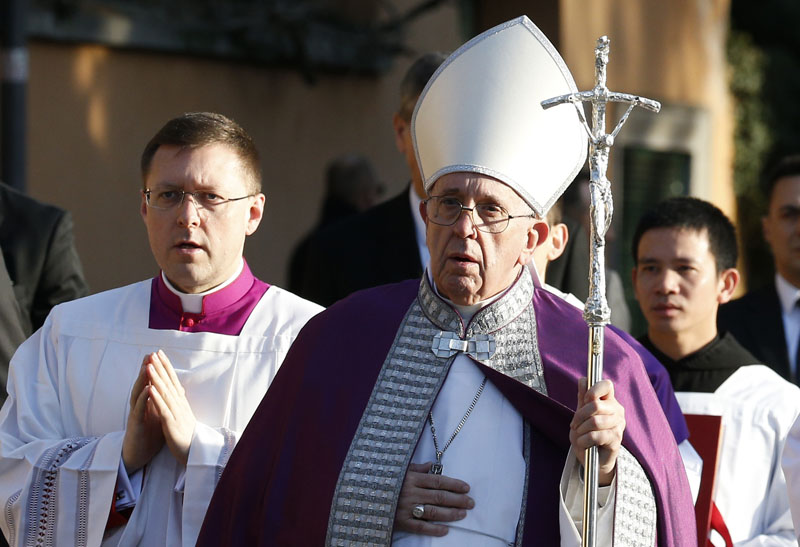March, 2019
My dear graduates of Chaminade, Kellenberg Memorial, and St. Martin de Porres Marianist School,
I know that, by the time you are reading this, it is already March. Lent is around the corner, or, if postal service to your mailing address is particularly slow, Lent just begun. But I composed my thoughts just before Valentine’s Day, so bear with me if the first part of my letter seems like a more fitting reflection for February than for March.
While I was wondering what to write about, the question “What is love?” popped into my head, and I proceeded to ignore it with a “Baby, don’t hurt me . . . ,” thus pushing the question aside. The question kept surfacing, however, and I realized that an inquiry into the nature of love was not only something that popped into my head during the early days of February, but was also good question to meditate on during Lent as well. So I ask you, “What is love?”
I have been rather impressed recently with how some modern movies and TV shows have been tackling the question of love. A Quiet Place and Bird Box, for example, both incorporate intense displays of parental love in the form of self-sacrifice. *spoiler alert* When John Krasinski’s character sacrifices himself to save his children, screaming so they they might live, and Sandra Bullock risks her safety by choosing to see the river for the sake of the children, most people can point to those actions and clearly identify them as examples of love.
True love means total self-giving, and parents are well equipped to sacrifice for their children. St. Paul explained to us in 1st Corinthians the many observable aspects of love. In that iconic nuptial Mass reading, Paul describes love as patient and kind; it is neither envious, nor boastful, nor self-seeking. Love “bears all things, believes all things, hopes all things, endures all things.”
All the various aspects of love cited in 1st Corinthians take root in the willingness to sacrifice oneself for the good of another. In the previous examples from the movies, the Krasinski and Bullock characters face life-threatening, supernatural dangers that calls for for heroic virtue. Both characters demonstrate self-sacrificial love on a grand scale.
But what about love and self-sacrifice in the routines of our everyday lives? Where can we turn for a good example of self-sacrificing love as it occurs in everyday, ordinary lives.
I thought of NBC’s The Good Place. B anished to Hell, several characters undergo real, authentic transformation as they work to become better people. Revolving around Kristen Bell’s character, who desires to improve herself by becoming less selfish, the cast all face their personal flaws and setbacks and work to spread love and become better, more loving people.
Little acts of self-sacrifice done for the good of another person, as seen in The Good Place,show that same fundamental self-giving as portrayed in Bird Box or A Quiet Place, a lthough on a less epic scale. But whether we give of ourselves in everyday matters or in epic circumstances, embracing love is hard, since it requires a death to self. And who of us really wants to die to ourselves?
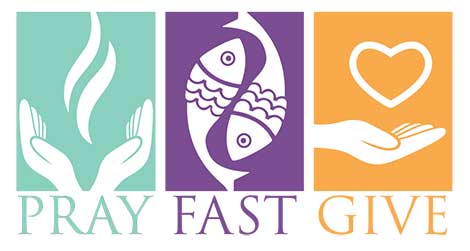
Now you might be saying, “I get it: you watch Netflix, Bro Peter. But how does this relate to Lent at all?” And you’re right; maybe I do spent too much time absorbed in Netflix. Still, it strikes me that self-sacrificial love is actually what Lent is all about.
Traditionally, the Church has recommended three penitential practices for the season of Lent: prayer, fasting, and almsgiving.
Prayer is an act of love, since prayer is a willing offering of one’s heart to be in conversation and union with God. In prayer, we sacrifice time -- time on our own terms -- to spend time with the Lord, and, in return, reap the reward of closer communion with Him.
Fasting asks us to recall Jesus’ sacrifice for us. He gave His very life for the for us and for our good! When we fast, we participate in the self-sacrificial love of Christ, although admittedly on a smaller scale. That physical sacrifice that fasting entails is an act of love which, hopefully, helps us to open our hearts up to God.
Lastly, almsgiving is charity, which by definition is lovingly helping another person, often incorporating some sort of willing sacrifice on our part. Jesus is our model of sacrificial love, performing the ultimate sacrifice on the Cross for our salvation.
During Lent, especially as we draw closer to Holy Week and the Triduum, we are blessed with the opportunity to reflect deeply on this sacrifice and feel the love of the Saving Victim poured out for us. All the movies and TV shows depicting sacrificial love pale in comparison to the great love of Christ on the Cross.
Let us look for examples of love -- real, godly love -- wherever we might find them. And may we be grounded in the act of love that is the Passion and Death of Our Lord, Jesus Christ.
God Bless you all, and may Mary protect you under her mantle. On behalf of all my Marianist Brothers,
Bro. Peter Sennert





